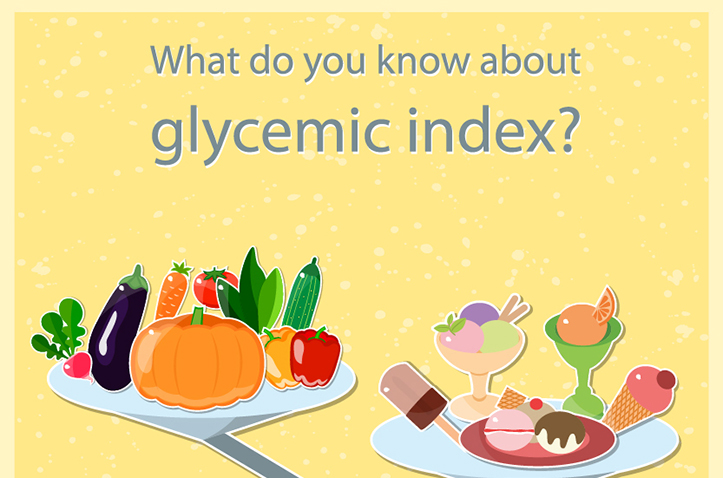Project Description

he Glycemic index (GI) is a system for the ranking of foods containing carbohydrates, according to their effect on blood sugar levels.
It is defined as the ratio of the area under the blood sugar response curve (measured over 2 hours) following the consumption of 50 (usually) grams of available carbohydrates from a test food divided by the area under the response curve following the consumption of the same amount of available carbohydrate of a reference food (glucose or white bread). Glucose is today the most prevalent reference food.
Within the framework of a balanced diet, specialists and nutrionists suggest the consumption of foods with low Glycemic Index.
The scale roughly ranges from 0 to 100, with 100 corresponding to the reference food. Hence foods are placed in categories of high, medium and low GI, as shown in table 1. The higher the GI of a food, the quicker and greater the expectation of an increase of the blood glucose level following its consumption.
Table 1. Classification of foods based on GI*
| Foods with | Glycemic Index (GI) |
|---|---|
| Low GI | <55 |
| Medium GI | 56-69 |
| High GI | >70 |
* Source: American Diabetes Association
The definition of GI is shown in the following formula:





